Ornatus is a popular aquarium fish, which has become popular among aquarists because of its unusual appearance and unpretentiousness to the conditions of detention. Interest lies in the differences in the appearance of different species of ornatus. In order for the fish to please its owner as long as possible, you need to study the basic rules for caring for it.
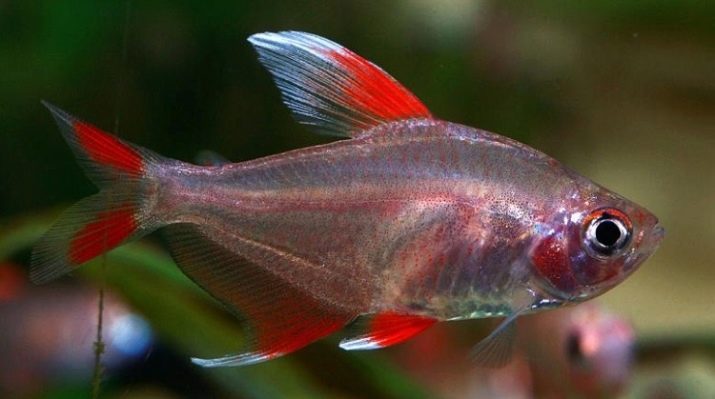
Varieties
The following varieties of ornatus can be populated into the aquarium.
Ordinary
It lives in reservoirs from the east of Guyana to the lower Amazon. It has a darkish color, the back is closer to the olive-brown color, the side is yellowish with a reddish tint. In comfortable conditions, the color may turn red. The abdomen is silver with a yellow tint; on the back, a gray shiny band is sometimes observed. Red blotches are located on the tail, and the dorsal fin and the upper part of the anal fin have a white frame.
In males, a black spot is observed on the dorsal fin, and in general, the color of the male is more saturated than the color of the female. In addition, ladies have more elegant proportions and small sizes. On the dorsal fin you can see a black stripe. In the natural environment, the ornatus grows to 6 cm in length, in aquarium conditions - no more than 4 cm.
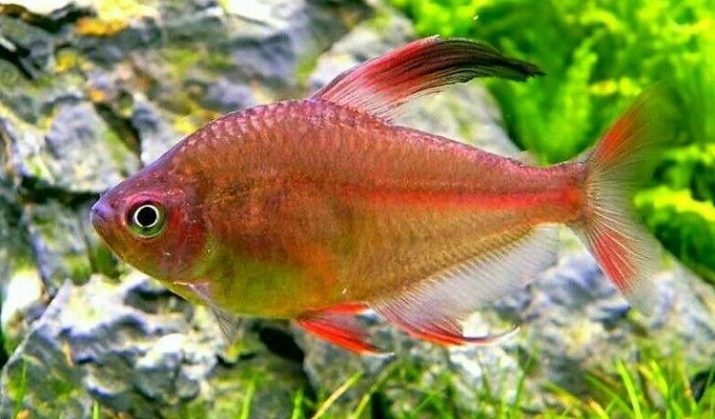
Phantom black
It has the same body shapes as the ordinary variety. Coloring - deep black. A lighter shade is visible on the abdomen, and the sides are also slightly lightened. Females can be distinguished by the reddish tint of the fins and the brown body.
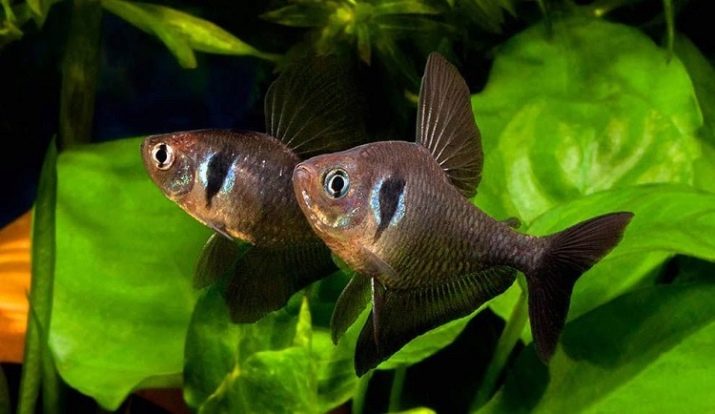
Whitefin
In length, this species reaches 5 cm.The color has a silver hue, the pointed dorsal fin has a milky white color, and the tail fin is painted in red-orange tones. Other fins are white with a red border.
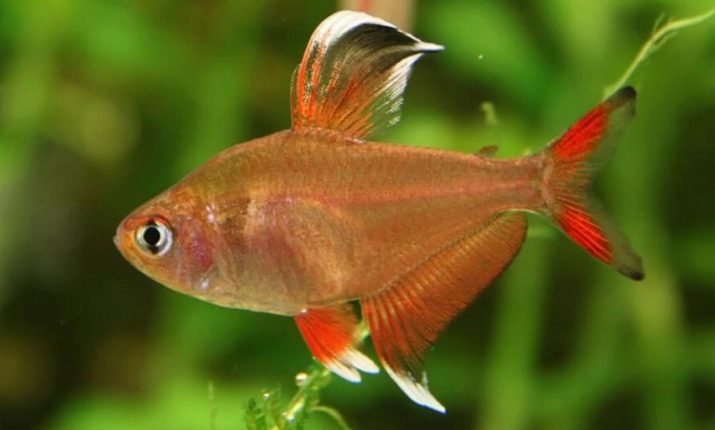
Phantom red
It has almost the same proportions as the common ornatus, however, it is painted in a light pink shade, the upper part has a more saturated color, the abdomen casts a golden color. The dorsal, caudal and anal fins glisten with scarlet tones. The size of the red poultry is 4-5 cm.
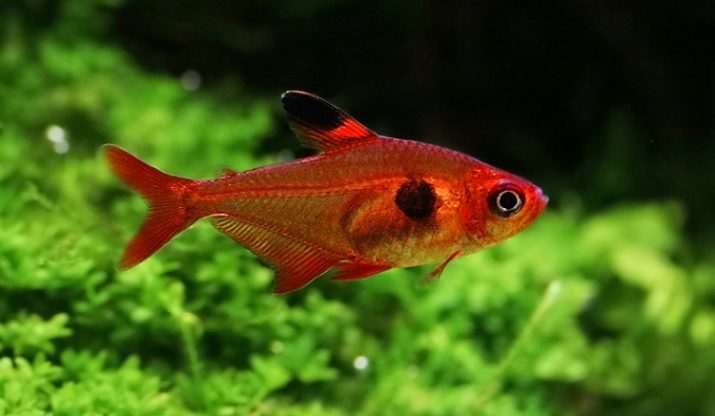
Conditions of detention
In nature, this fish prefers to settle in shaded reservoirs filled with a variety of flora and bottom objects like stones and snags. In such water areas, water has soft indicators and is full of turbidity. To bring the aquarium conditions closer to natural conditions, aquarists recommend filling the poultry tank with water with the following indicators:
stiffness - maximum 10 dH;
temperature limits - + 22–27 degrees;
acidity - 6–7.5 pH.
Be sure to equip the aquarium with a high-quality filter and aeration systems, and also place a grotto, caves, driftwood at the bottom, which will serve as a shelter for the fish and shaded areas.
These creatures do not like bright light, and therefore provide the reservoir with soft, muffled lighting fixtures.
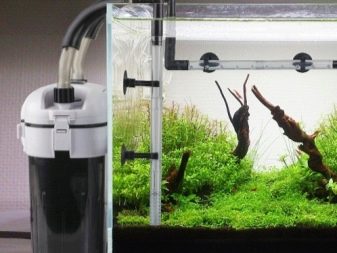
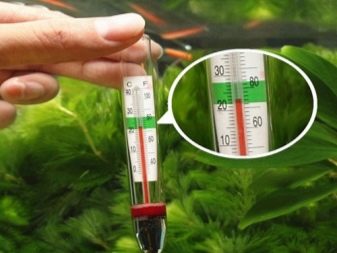
During the game, frisky fish can jump out of the aquarium. To avoid tragic cases, be sure to take care of the lid. These are solitary creatures, however, it is recommended that they be kept in a group of 6-7 individuals in an aquarium, since in danger they feel more comfortable in a flock. At the same time, the struggle for leadership may begin in the “team”, the aquarist can observe fights between males.
Ornatuses are unpretentious to the ground, but it is better to choose pebbles of dark colors, so that the amazing color of the fish looks even more spectacular against a dark background. To create turbidity in the water, you can use oak or birch foliage scalded with boiling water.
For a group of ornatuses, an aquarium with a volume of 50 liters is suitable, for a pair of individuals a 10-liter tank is enough.
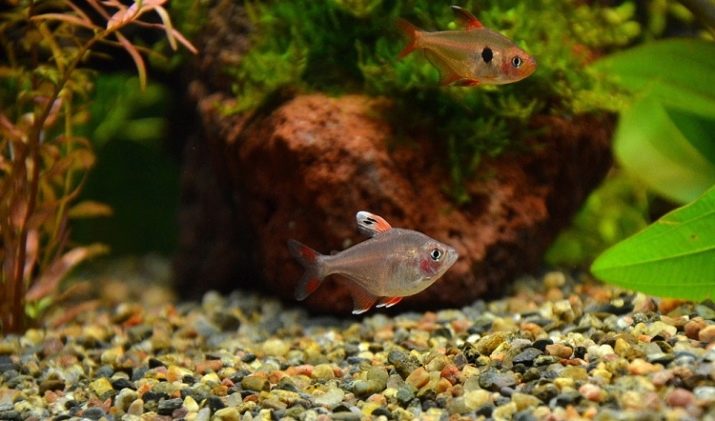
Care Rules
Once a week, 30% of the volume of water is replaced. It is required to drain part of the tank by means of a siphon and fill in with fresh water that has stood for a day and contains peat extract. Also, weekly filter cleaning is included in the cleaning rules. It is important to thoroughly flush all hoses, tubes and sponges. If this is an external unit, then you can clean it a little less.
Ornatus are not picky about the diet. Most often, aquarists include bloodworms, tubuloids or other animal feed in their menu. Ready dry feeds are also quite suitable, but during the spawning period it is important to treat the fish with protein animal food to obtain high-quality healthy offspring.
Subject to all conditions of detention and care rules, the life span of an ornatus in aquarium conditions will be a maximum of 5 years.
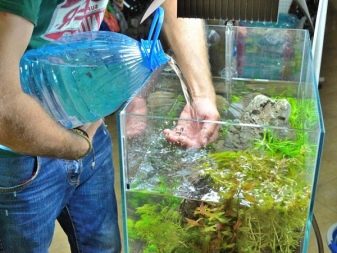
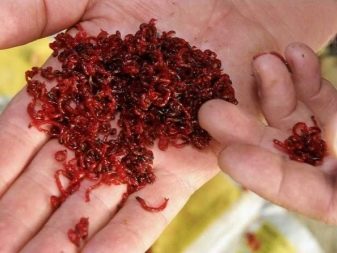
Compatibility
Poultry are quite peaceful and friendly creatures that easily get along with a variety of fish. Try not to settle these creatures with aggressive large fish, for which the ornatus will become an object of hunting. Also, active brisk fish will not work, which will interfere with the measured existence of ornatuses and can damage their fins.
The most favorable neighbors are considered to be thornsia, ancythruses, acanthophthalmus, marble gourami, neons, cockerels, laliuses, macropods, tetras, synodontis, speckled and golden catfish, cardinals, barbs, zebrafish, labeos, guppies, swordsmen. It is better to avoid the joint maintenance of orantus and parrots, eleots, labidochromeis yellow and other cichlids. Consider the conditions of keeping fish. For example, ornatus get along well with Pecilia, however, hard water is recommended for Pecilia, and softer water is recommended for Pecilia.
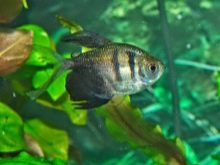

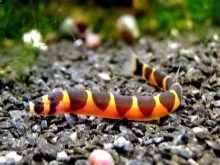
Breeding
Individuals become sexually mature at the age of 8-10 months. To stimulate spawning, water hardness is reduced and the temperature is raised to 28 degrees.Water is also softened by adding peat. A couple of weeks before spawning, fish are fed high-protein animal feed. A container with a volume of 10-30 liters is suitable as a spawning ground. At the bottom, it is important to plant green spaces and lay a separator grid. As soon as the fish are placed in the spawning grounds, they do not need food.
It’s easy to determine that the ornatus is ready to spawn. During this period, the fish become more saturated in color, and males begin to flirt with their lovers, after which the females begin spawning. The eggs are brown in color, their number is 100-400 units. As soon as the caviar is fertilized, the producers are returned to the general aquarium, since the parents will not mind eating their own offspring.
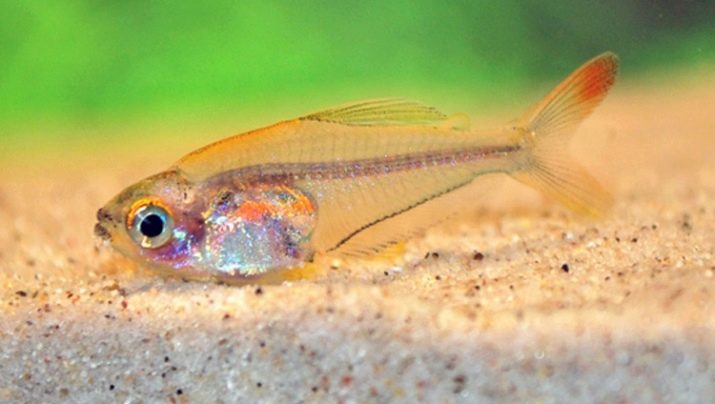
As caviar develops, it is important for the owner to care for the spawning. For example, you need to remove dead eggs - they are whitish in color and float to the surface. To prevent the appearance of bacteria, special preparations can be added to the water, for example, Erythromycin. The product must be crushed into powder, poured into a bag and placed in an aquarium.
The fry will begin to appear in 36–48 hours. The first 3-4 days they eat a yolk sac, after which they begin to swim independently in search of food. During this period, the baby can be fed "live dust", nauplii cyclops and brine shrimp. At this age, the cubs are fed every 2-3 hours in small portions - so the fish will grow faster. From the plump pink abdomen, one can understand that the offered portion is enough for the fry. At the age of one month, the fish are transferred to a more “adult” food.
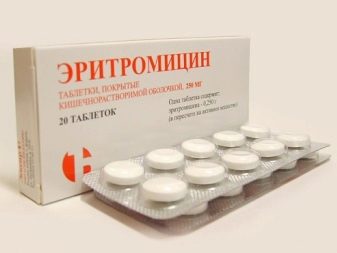

You can find out how to properly maintain ornatuses in the aquarium from the video below.










